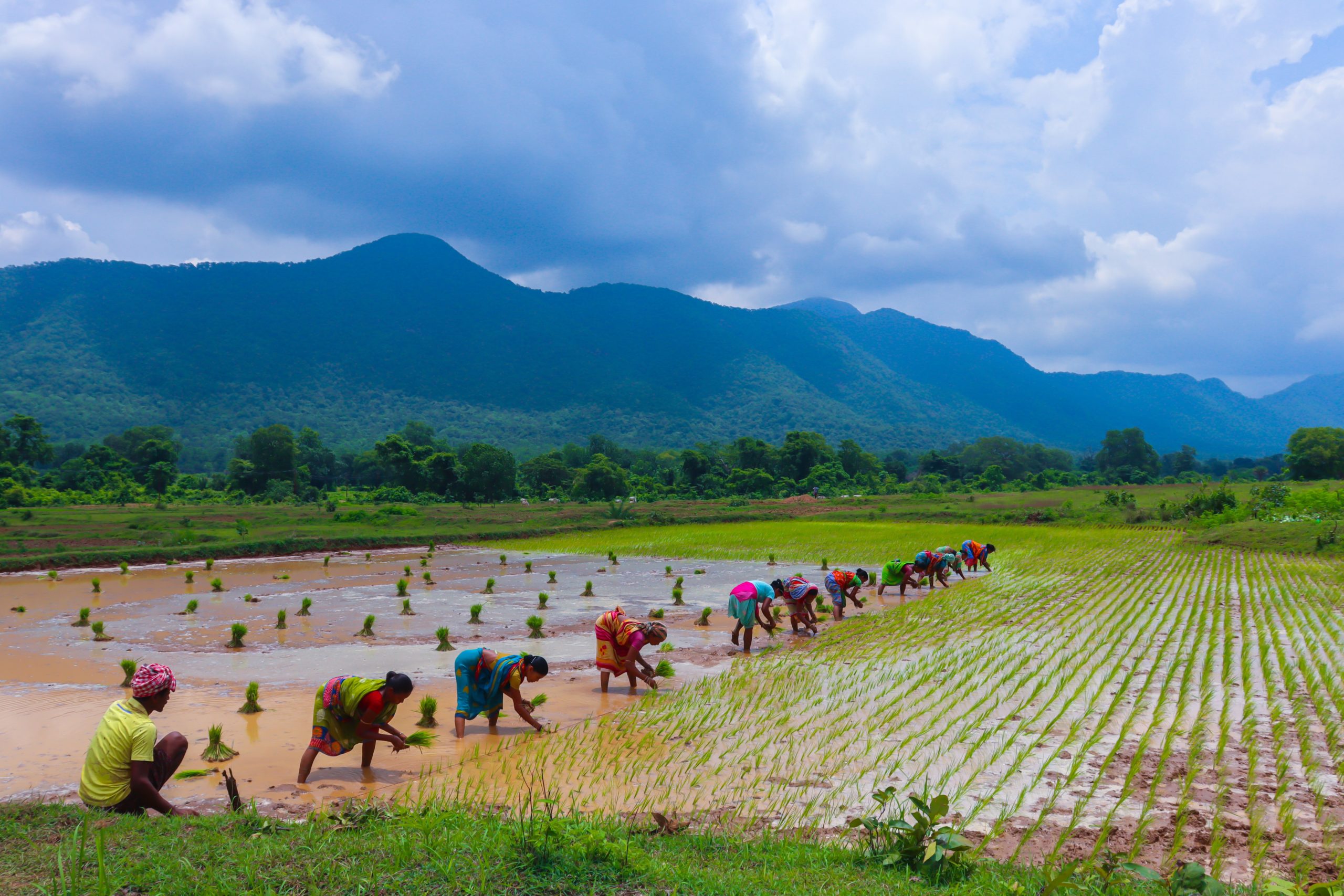South America is a developing market with enormous development potential. With a population of more than 420 million, the area provides a sizable customer base for companies trying to grow. For businesses that are inexperienced with the economic, cultural, and political climate of the area, breaking into the South American market may be difficult. The information in this article serves as a manual for businesses trying to join the South American market.

Recognizing the market
Businesses should thoroughly investigate the local market before entering into it. Analyzing market trends, customer behavior, and competitiveness are all part of this. Companies should also take into account the many cultural and economic aspects of the area that may have an impact on their success.
Examination of the operational environment
This is a crucial stage for companies trying to break into a new market. The political, social, and economic context in which a company conducts its operations is referred to as the operational environment. To avoid risks and create a successful entrance strategy, it is essential to understand the operational environment. While examining the operational environment, keep the following important variables in mind:
Market size and expansion
Companies should assess the market’s size, the potential for expansion, and the level of competition.
Consumer preferences and market trends
Understanding consumer buying patterns, market trends, and the demand for certain goods and services are all part of this.
Regulatory framework
Understanding municipal rules and ordinances, tax laws, employment laws, and environmental laws is part of this.
Political climate
Companies should evaluate the region’s political stability, the likelihood of political instability or government involvement, and the extent of market corruption.
Infrastructure
Companies should evaluate the state of the transportation, communication, and utility infrastructure.
Cultural and social aspects
The market’s language, communication practices, and commercial etiquette are all part of this.
Competitive environment
Companies should assess the level of competition in the market, taking into account the rivals’ strengths and weaknesses, market share, and pricing tactics.
Choose a market
12 nations make up South America, and each has distinct economic circumstances. Companies should carefully consider which nation would be best for their goods and services. Consumer demand, competitiveness, the regulatory environment, and cultural fit are all important factors to take into account.
Create a market entrance plan
Businesses should create an extensive market entrance plan after choosing a market. The target market group must be identified, the best distribution channels must be chosen, and the best pricing plan must be established. While creating their plan, businesses should also take local laws and trade policies into account.
Forming local alliances
For a business to be successful in South America, local relationships must be built. Local partners may provide priceless market knowledge, guidance through legal requirements, and access to regional networks. Companies should carefully choose their partners and build enduring relationships based on respect and trust.
Navigating governmental regulations
Each nation in South America has a unique set of rules and procedures, creating a complicated regulatory system. To negotiate the regulatory environment and guarantee compliance with local rules and regulations, businesses should seek professional help. This involves acquiring the required licenses, permits, and certificates.
Handling the supply chain and logistics
Due to the wide terrain and weak infrastructure of South America, logistics and supply chain management may be difficult. To guarantee prompt and affordable product delivery to clients, businesses should carefully plan their logistics and supply chain strategies. This entails choosing dependable shipping partners, streamlining the inventory control process, and controlling the import/export procedures.
Cultural sensitivity
For business success in the South American market, cultural sensitivity is essential. Companies should take an effort to learn about regional traditions, principles, and commercial practices. This includes realizing the value of interpersonal connections and in-person communication in business dealings.
Establish
Creating a legal corporation, creating local bank accounts, registering for taxes, and employing local personnel are all essential stages in establishing a company’s presence in South America. These actions are essential for ensuring adherence to regional laws and creating a strong base for business operations. Creating a legal company gives companies the ability to deal with and safeguard their assets in the neighborhood market. Establishing accounts with regional banks facilitates financial management and local currency transactions for enterprises. For tax compliance with local tax rules and regulations, registration is necessary. Last but not least, employing locals gives firms access to professionals who are well-versed in local laws and regulations. These actions allow firms to create a solid presence in South America and set the foundation for sustained success.
You may also find these articles
Market entry to the Dominican Republic
Market entry to Dominica
Market entry to Curaçao







